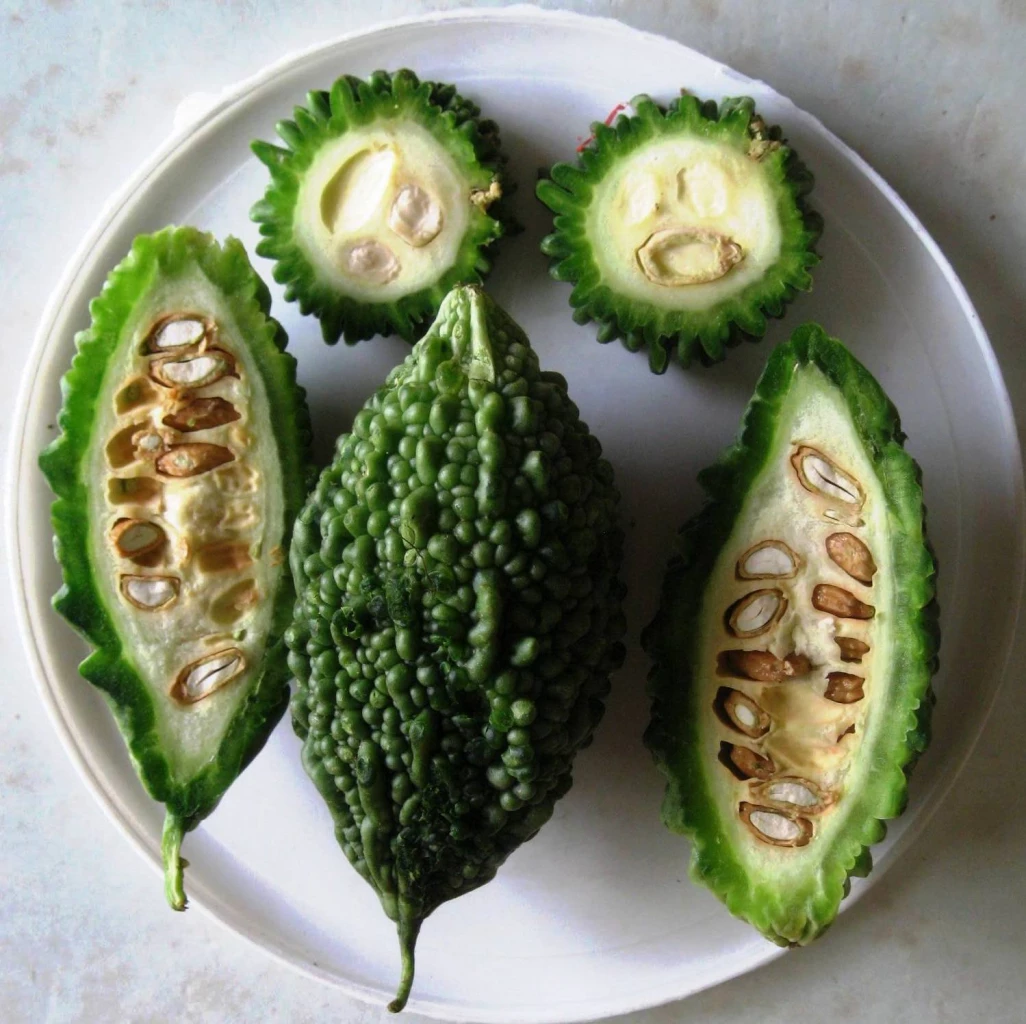Blood
Embracing traditional wisdom: 7 Thai medicinal plants for reducing blood sugar
• Mara Khinok (Bitter Gourd)
Despite its bitter taste, the vegetable contains charantin, a substance that helps reduce blood sugar levels. The bitter gourd is also believed to alleviate fever and promote appetite. It can be added to dishes or used to make smoothies, while its bitterness can be pleasantly tempered.

• Tamleung (Ivy Gourd)
With a cool flavour, ivy gourd’s leaves and stems contribute to blood sugar regulation. Nutritionally rich, it’s a versatile ingredient in soups, curries and more.
• Toeyhom (Pandan)
Known for their sweet aroma, pandan leaves and roots are not just for fragrance but also for diuretic and blood sugar-reducing properties. Normally used in traditional desserts, pandan-infused water is also very refreshing on hot, sunny days.

• Chiang Da (Gurmar)
Native to northern Thailand, gurmar is usually brewed into tea and is believed to aid in reducing blood sugar.

• Chaplu (Wildbetal Leafbush)
The slightly spicy wildbetal leafbush relieves intestinal gas, promotes appetite and contributes to blood sugar regulation. Avoid excessive consumption as it may contribute to dizziness, formation of kidney stones or urinary tract issues.

• Cha-om (Climbing wattle)
Packed with flavonoids, cha-om is believed to play a role in blood sugar control.
• Ta-Krai (Lemongrass)
Beyond its aromatic appeal, lemongrass is believed to contribute to lowering blood sugar.

